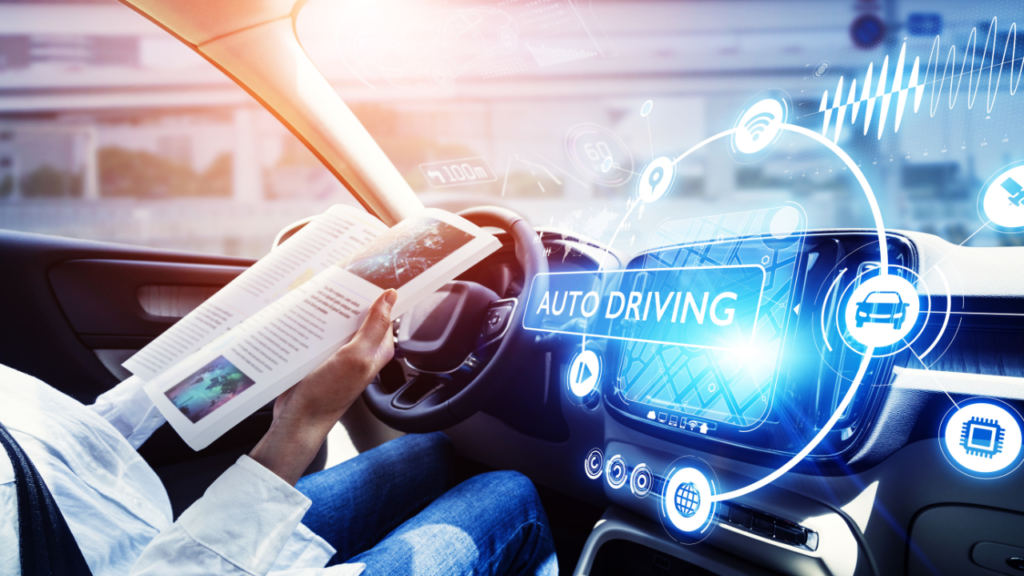
I suppose it was only a matter of time before we started talking about the UX challenges of autonomous vehicles. Because, sure, let’s take one of the most hotly debated technological advancements of our time and make it our job to ensure users have a “safe and engaging journey”. No pressure, right?
But, let’s face it, autonomous vehicles are rapidly becoming more than just the stuff of science fiction. They’re here, they’re real, and they’re riddled with UX design challenges that make traditional web design look like child’s play. It’s not just about creating an interface that’s intuitive and easy to use—it’s about designing an experience that could literally be a matter of life and death.
The first hurdle in the Autonomous Vehicles UX Design arena? Safety. It’s all well and good to design a system that can navigate the roads, but what happens when the unexpected occurs? A child runs into the road, a car swerves into your lane, a tree falls across the road. The UX design of autonomous vehicles must anticipate these scenarios and more, creating a system that responds in a way that is safe for all involved.
Then there’s the trust issue. You’re asking users to put their lives in the hands of a machine, which, let’s face it, wasn’t exactly designed with empathy in mind. The Autonomous Vehicles UX Design must work to foster a sense of trust between the user and the vehicle, demonstrating that the car is capable of making decisions that prioritize the user’s safety.
Of course, we can’t forget the challenge of engagement. A long car journey can be tedious at the best of times, let alone when you’re not even driving. The UX design needs to keep the user engaged throughout the journey, providing entertainment, comfort, and a sense of control even when they’re not physically steering the vehicle.
And then there’s the issue of communication. How does the vehicle tell the user what it’s doing, and why? How can it reassure the user that it has everything under control? This aspect of Autonomous Vehicles UX Design is crucial in creating a positive user experience.
The user interface itself poses its own set of challenges. It needs to be intuitive, easy to understand, and accessible to a wide range of users. This isn’t a Tesla we’re designing for a select few—it’s a vehicle for the masses.
The design also needs to be adaptable. The autonomous vehicle might be on the school run one minute and transporting an elderly relative the next. The UX design needs to cater to a broad range of users, each with their own unique needs and preferences.
And last, but certainly not least, there’s the issue of ethics. Who is the vehicle programmed to protect in an emergency situation? The passenger, the pedestrian, or itself? This ethical dilemma poses a huge challenge for those in the Autonomous Vehicles UX Design field.
So, there you have it. The future of autonomous vehicles isn’t as simple as plug in destination, sit back, and relax. It’s a complex web of UX challenges that require careful consideration, innovative thinking, and a whole lot of patience. But hey, who said the future was going to be easy?


